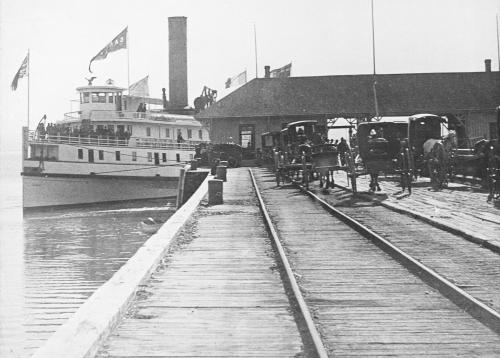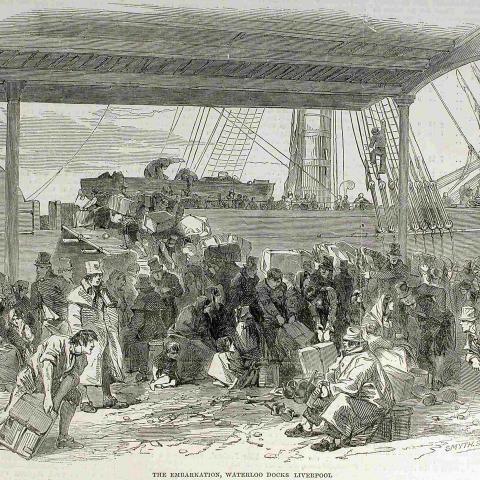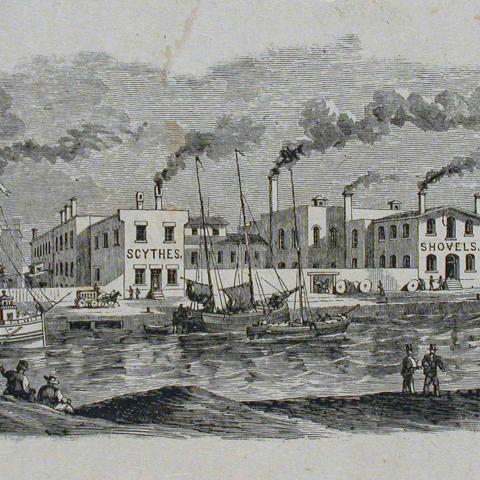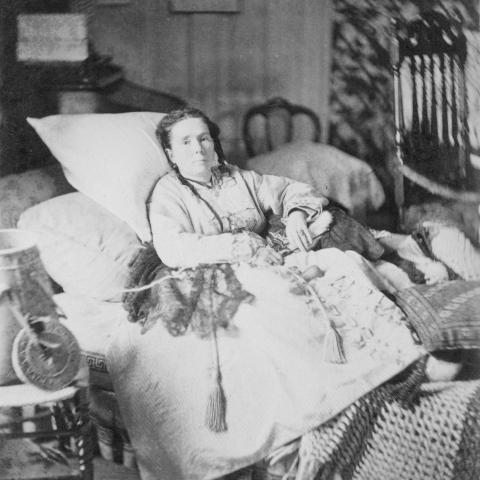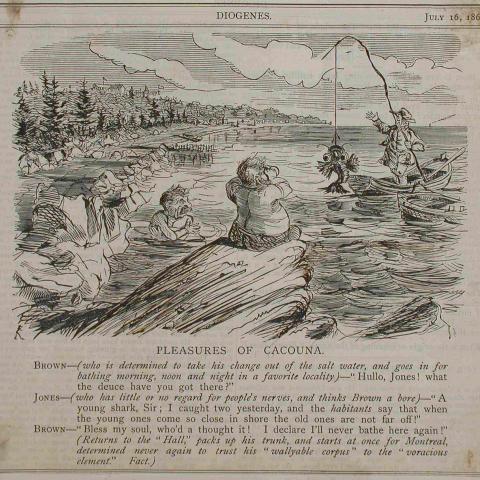The summer heat has always made city living uncomfortable. In the 18th and early 19th centuries, bacteria and viruses propagated in urban areas. Horse-drawn carriages filled the streets, and there was no running water or sewers to handle waste. Imagine the stench!
These public health threats arose first in the cities of Québec and Montréal. Thousands of labourers lived in precarious conditions in Montréal’s densely packed neighbourhoods, while year after year, thousands of people fleeing famine and epidemics in England, Scotland and Ireland landed in Québec, then one of North America’s main ports. The risk of contagion was extremely high and many city dwellers succumbed to cholera, typhus and other diseases, not only in the capital, but in the colony’s other towns and villages.
In response to these outbreaks and doctors’ recommendations of spending the summer months in remote places with plenty of fresh air, British merchants and public representatives began renting or buying properties outside the city to protect their families from disease. “Watering places” came about as a result of urban health concerns.
